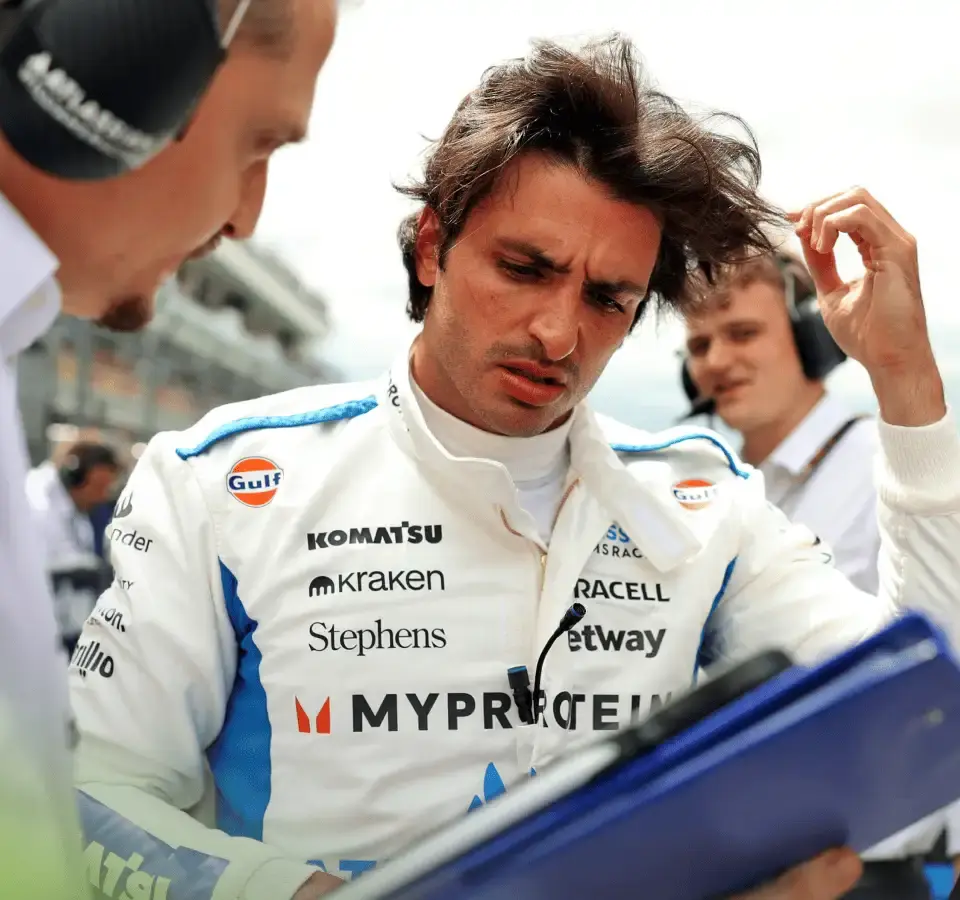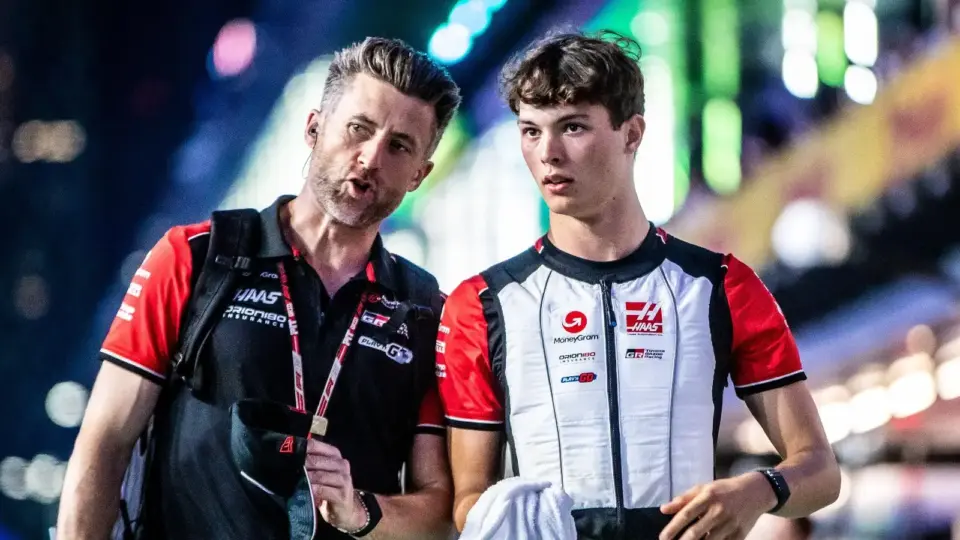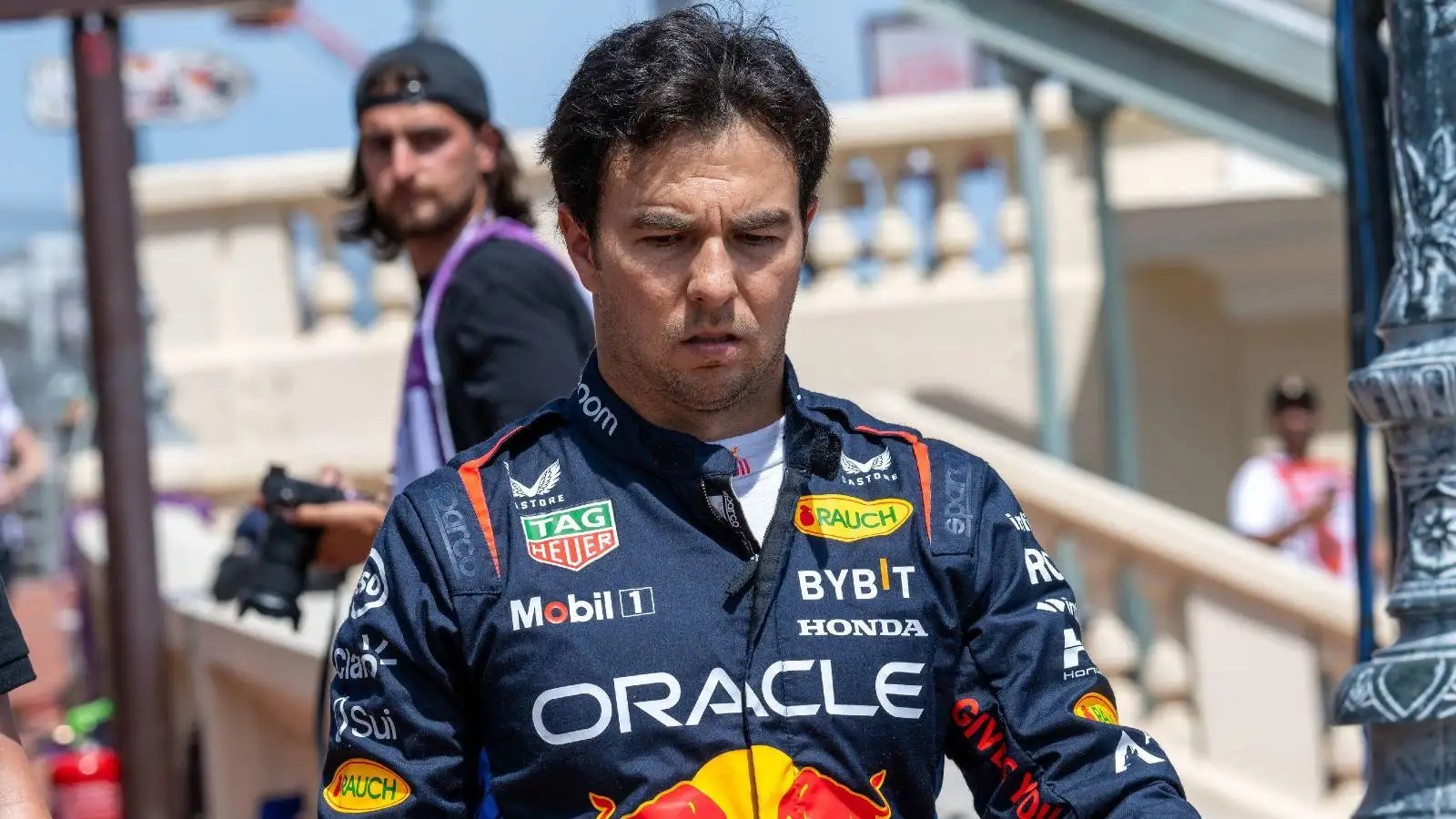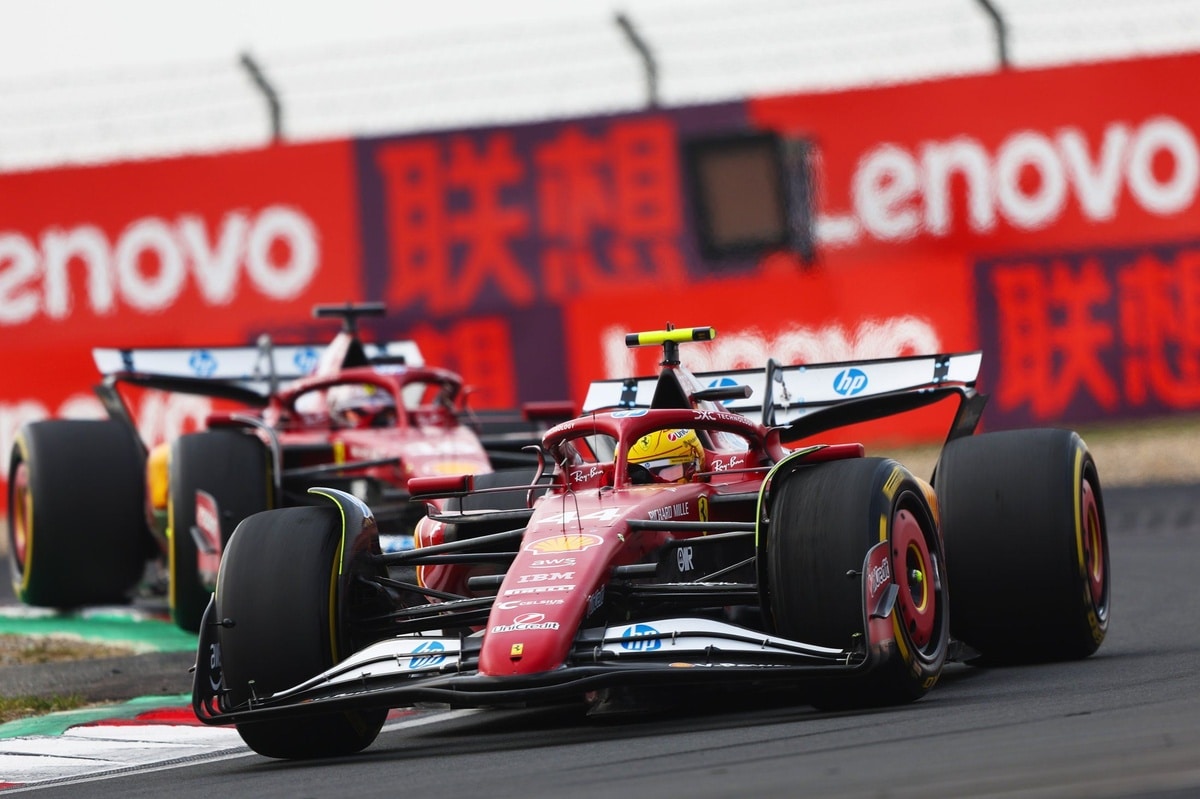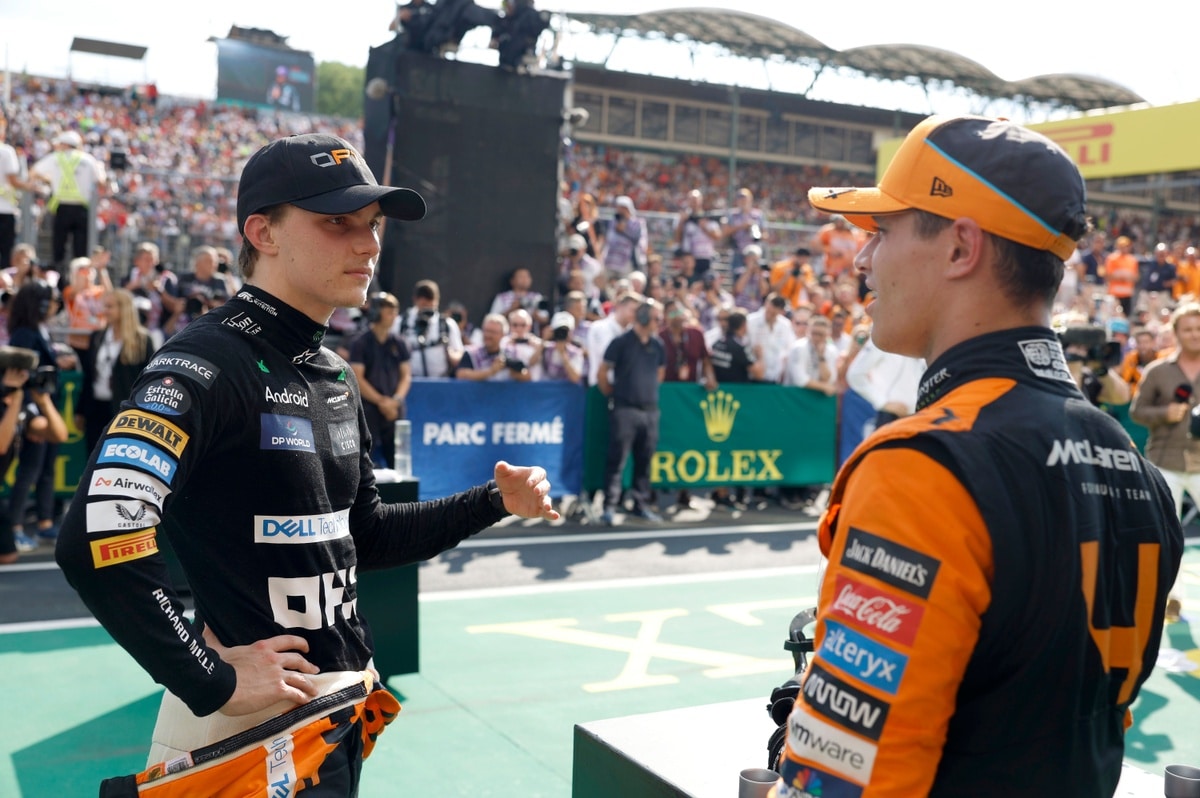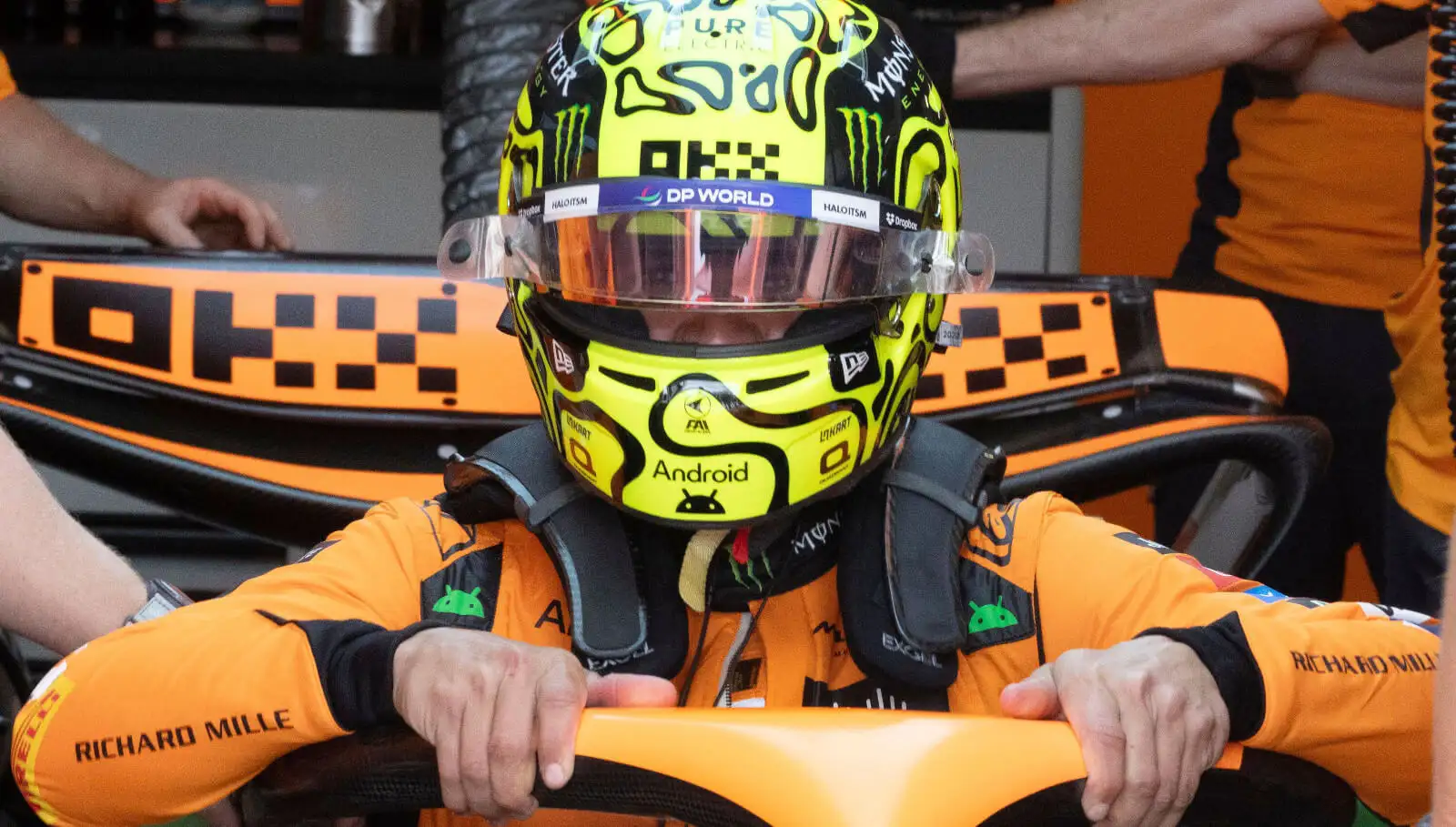There was tension in the Williams camp after Carlos Sainz expressed his frustration over the team radio during the Miami Grand Prix. While the race seemed to be going well, the unexpected radio message from Sainz was a bit shocking. Drivers were pushing hard, trying to grab every point they could. Such moments reveal the pressures and challenges in Formula 1.
In Miami, Williams had high hopes with Sainz and Albon starting strong. However, things took a turn when Sainz, feeling misled by a team decision, let his feelings be known over the radio. This incident has forced the team to reconsider their communication strategies. It was clear that Sainz felt a lack of confidence. This incident gives insight into the intense world of racing.
The Communication Breakdown
During the Miami Grand Prix, Carlos Sainz was left frustrated after being overtaken by his teammate, Alex Albon, early in the race. Sainz believed Albon would stay behind due to a reliability issue with his car. This miscommunication unraveled when Sainz expressed his discontent over the team radio, saying, “That’s not how I go racing, guys. I don’t care. I don’t care. I’ve lost a lot of confidence here on everything.”
Williams’ Reaction and Response
Williams team principal, James Vowles, was openly frustrated by the confusion between Sainz and Albon. Speaking on the Williams post-race show, he acknowledged that the situation should not have happened. Vowles emphasized that the message to Sainz and Albon was unclear, leading to the unexpected overtaking move by Albon. It highlighted a need for improved clear communication in the team.
Vowles said that the primary intention was to have the cars maintain a gap, so Albon could manage his reliability issue. However, Sainz understood the message differently, thinking he would not be overtaken. Both drivers received mixed signals, leading to the unexpected pass. Vowles stressed, “This is on us – as a team, we need to tighten up our communication.”
The Plan and the Consequence
In the aftermath, Vowles and the team spent significant time analyzing the incident. It was essential to understand how things went wrong and to ensure it wouldn’t be repeated. Vowles explained that moving forward, the team is determined to enhance their communication protocols to avoid similar situations and to fully support their drivers’ ability to succeed on the track.
A Learning Experience
The team’s management acknowledges the challenges that come with the fast-paced and high-pressure environment of F1 racing. By learning from these experiences, Williams aims to create a more cohesive unit, capable of delivering optimal performance in every race.
The Role of Team Strategy
Vowles understands that missteps in communication can lead to unintended consequences on the track. “The responsibility is on us to create the right construct for them,” he stated. Ensuring that all team members are on the same page is crucial, minimizing room for error or misjudgment. The challenge is in blending strategic foresight with effective real-time execution.
With high stakes and fast-paced dynamics, Formula 1 racing requires teams like Williams to constantly evolve. Through refining their communication and strategies, they hope to foster an environment where driver performance and team success go hand in hand. Clear messaging is a step toward achieving this balance, minimizing frustration and enhancing focus on the track.
Moving Forward with Confidence
Vowles remains optimistic about the future, emphasizing the team’s resilience and adaptability. By addressing these issues, Williams aims to boost team morale and ensure that every race is an opportunity for growth. With improved communication, they hope to deliver results that reflect the hard work and dedication of their drivers and team members.
A Closer Look at Team Dynamics
Williams is committed to transforming lessons learned into actionable improvements. By fostering a culture of open dialogue and continuous improvement, they aim to create a resilient and competitive team that can tackle any challenges head-on.
In the fast-paced world of Formula 1, effective communication can make or break a team’s success. Williams has taken valuable lessons from the Sainz-Albon incident, striving for better strategies moving forward. Through adaptability and collaboration, they aim to turn challenges into opportunities, ensuring their place in the competitive racing landscape.
